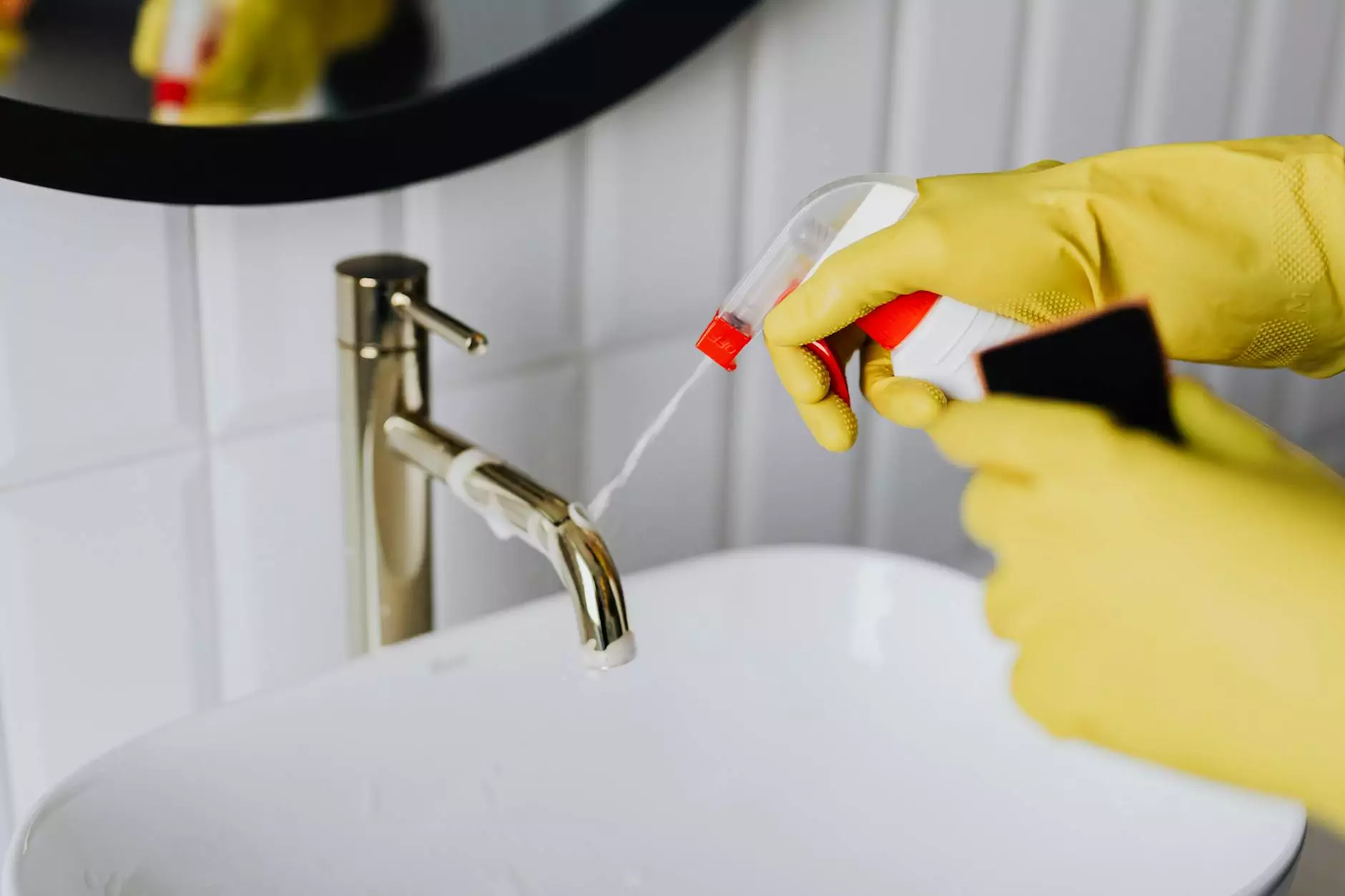The VenaSeal Closure System: A Breakthrough in Vascular Medicine

The field of vascular medicine has witnessed numerous advancements over the years, but few have been as transformative as the VenaSeal closure system. This innovative treatment for varicose veins not only offers a minimally invasive solution but also enhances patient recovery and satisfaction. In this comprehensive article, we will delve into the details of the VenaSeal closure system, exploring its benefits, procedure, and why it stands out among other treatment options.
What is the VenaSeal Closure System?
The VenaSeal closure system is a state-of-the-art medical technology designed to treat varicose veins by closing the affected veins using a special medical adhesive. Unlike traditional methods, which often involve thermal procedures or surgical interventions, VenaSeal employs a unique non-thermal approach. This method not only reduces discomfort but also minimizes recovery time, allowing patients to return to their daily activities more swiftly.
How Does the VenaSeal Closure System Work?
The procedure involves several key steps:
- Consultation and Imaging: Before the treatment begins, patients undergo a thorough consultation with a vascular specialist. Ultrasound imaging is performed to assess the veins and determine the best treatment plan.
- Preparation: On the day of the procedure, the patient is positioned comfortably. Local anesthesia is administered to ensure optimal comfort during the process.
- Procedure Execution: Using a catheter, the physician carefully delivers a medical adhesive into the problematic vein. As the adhesive seals the vein walls together, blood flow is redirected to healthier veins.
- Final Checks: Once the adhesive has been applied, ultrasound technology is used to ensure that the vein has been effectively closed.
- Post-Procedure Care: After the VenaSeal closure system treatment, patients are typically able to resume normal activities almost immediately.
Key Benefits of the VenaSeal Closure System
The advantages of the VenaSeal closure system are numerous, making it an excellent choice for treating varicose veins:
- Minimally Invasive: The procedure requires only a small incision and does not involve thermal heat, reducing the risk of complications.
- Rapid Recovery: Patients can often return to their normal activities immediately after the procedure, minimizing downtime.
- Minimal Discomfort: Compared to traditional thermal treatments, patients experience less pain and discomfort.
- No General Anesthesia Required: VenaSeal is typically performed under local anesthesia, which is safer and leads to quicker recovery.
- Improved Aesthetic Outcomes: By effectively closing the bad vein, the VenaSeal closure system can improve the appearance of the legs, enhancing patients' self-esteem.
- Enhanced Safety: The use of medical adhesive reduces the risk of some complications commonly associated with other forms of vein treatment.
Who is a Candidate for the VenaSeal Closure System?
The VenaSeal closure system is suitable for a wide range of patients, particularly those who are experiencing:
- Varicose Veins: Enlarged veins that often appear swollen and bulging.
- Chronic Venous Insufficiency: A condition where veins struggle to send blood back to the heart.
- Leg Pain or Discomfort: Symptoms related to venous disorders, such as aching, cramping, or heaviness in the legs.
However, a comprehensive evaluation by a qualified vascular specialist is crucial to determine if this treatment is appropriate for individual health needs and circumstances.
Comparing VenaSeal to Other Varicose Vein Treatments
When considering treatment options for varicose veins, patients may encounter several alternatives, including:
- Endovenous Laser Treatment (EVLT): A popular thermal procedure that uses laser energy to close off varicose veins.
- Radiofrequency Ablation (RFA): A minimally invasive procedure that utilizes radiofrequency energy to heat and close off varicose veins.
- Stripping Surgery: A more traditional option involving the removal of the affected vein through small incisions.
While each of these treatments has its benefits, the VenaSeal closure system differentiates itself by providing a non-thermal approach that significantly reduces pain, recovery time, and overall discomfort for the patient. This innovative method may be especially appealing for those looking for a quicker return to normal activities with minimal downtime.
Possible Side Effects and Considerations
As with any medical procedure, patients should be aware of potential side effects associated with the VenaSeal closure system. These may include:
- Bruising at the injection site, which is usually temporary and resolves on its own.
- Localized Pain in the treated area, which can be managed with over-the-counter pain relief medication.
- Rare Allergic Reactions to the adhesive used, though these cases are extremely uncommon.
Overall, serious complications are rare, and the majority of patients find the treatment to be safe and effective. A thorough discussion with a vascular specialist can help address any concerns and provide clarity about the risks involved.
Post-Procedure Care for Optimal Results
After undergoing the VenaSeal closure system procedure, certain post-care instructions are recommended to ensure optimal healing and recovery:
- Avoid Prolonged Sitting: While normal activities can be resumed, patients are encouraged to avoid sitting or standing for extended periods, particularly in the first few days after treatment.
- Wear Compression Stockings: Following the procedure, wearing compression garments as recommended can support healing and improve circulation.
- Stay Active: Light walking is encouraged; however, high-intensity activities should be avoided until directed by your physician.
- Monitor for Complications: Keep an eye out for any signs of unusual symptoms and report them to your healthcare provider immediately.
Strictly adhering to these post-procedure guidelines can significantly enhance the treatment outcome and ensure that the benefits of the VenaSeal closure system are fully realized.
The Future of Vascular Treatment
The VenaSeal closure system represents one of the most significant advancements in the treatment of varicose veins, promoting not only patient comfort but also better overall outcomes. As technology continues to evolve, the potential for improved vascular treatments will undoubtedly expand, providing practitioners with even more tools to address these common health issues.
As patients seek effective treatments with minimal disruption to their lifestyles, the VenaSeal closure system stands out as a leading choice. By prioritizing patient safety, efficiency, and satisfaction, this innovative method exemplifies the best of modern vascular medicine.
Conclusion
In summary, the VenaSeal closure system is revolutionizing the approach to varicose vein treatment. With its numerous benefits, this method is ideal for those seeking a safe, effective, and minimally invasive solution. If you are struggling with varicose veins or chronic venous insufficiency, consider consulting with a qualified vascular specialist to discuss your options.
Ultimately, the goal of any treatment is to improve patient quality of life, and the VenaSeal closure system stands at the forefront of achieving this for those affected by venous disorders.
venaseal closure system








